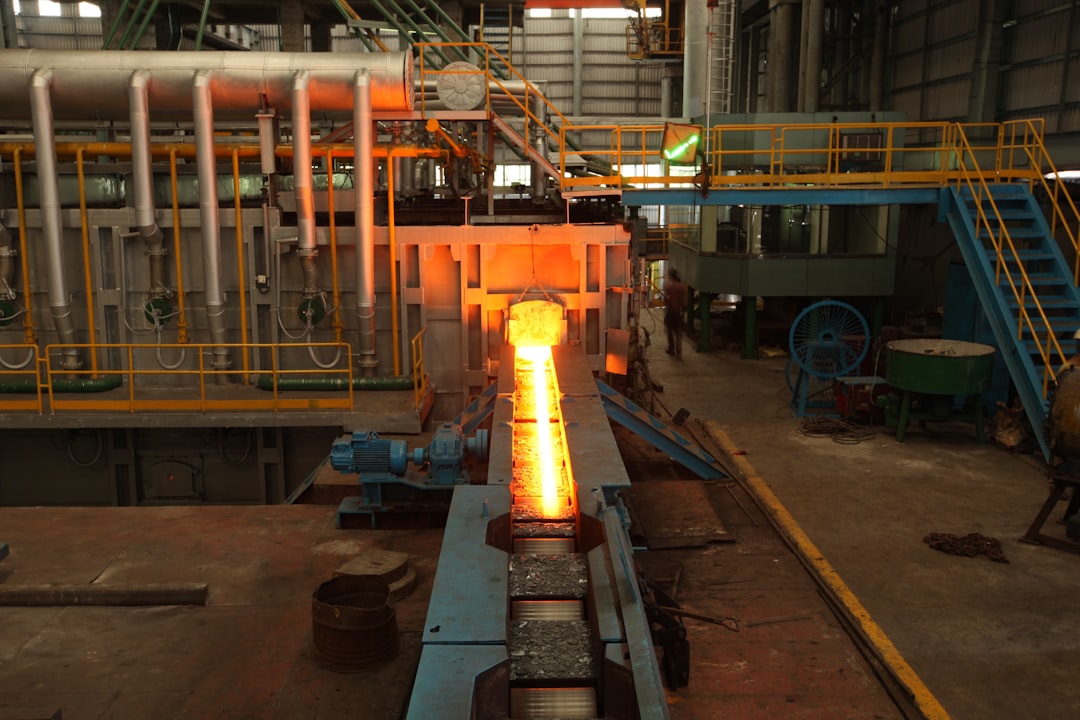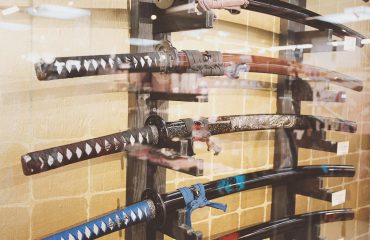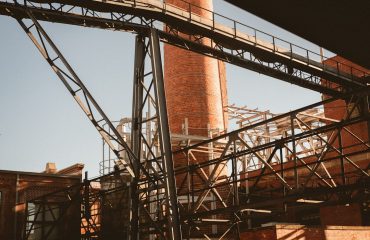Power plants, the behemoths of energy generation, rely on robust and reliable infrastructure. While the turbines and generators often steal the spotlight, the underlying structural integrity, largely determined by the use of steel profiles, is equally critical. This post delves into the multifaceted role of steel profiles in power plant construction and operation, exploring their diverse applications, material selection, manufacturing, and the paramount importance of quality control.
1. The Diverse Applications of Steel Profiles in Power Plant Construction
Steel profiles, encompassing a wide range of shapes like I-beams, H-beams, channels, angles, and hollow sections, are indispensable in numerous aspects of power plant construction. Their versatility allows for the creation of complex structures with high load-bearing capacity and dimensional accuracy. Specific applications include:
- Building Frames: Steel profiles form the skeletal structure of power plant buildings, supporting roofs, walls, and internal floors. Their high strength-to-weight ratio minimizes material usage while ensuring structural stability.
- Support Structures for Equipment: Heavy machinery like turbines, generators, and boilers require robust support structures. Steel profiles are crucial in designing and building these frameworks, ensuring precise alignment and vibration dampening.
- Cooling Towers: The iconic cooling towers of many power plants are often constructed using steel profiles, which provide the necessary strength and resistance to environmental factors like wind and temperature fluctuations.
- Piping Supports: The extensive network of pipes carrying steam, water, and other fluids necessitates a complex system of supports. Steel profiles are used to create these supports, ensuring the integrity and safety of the piping system.
- Transmission Towers: For power plants relying on high-voltage transmission lines, steel profiles are essential in constructing the sturdy and resilient towers that support the cables.
2. Material Selection: Choosing the Right Steel for Power Plant Applications
The choice of steel profile material is crucial, dictated by the specific application and environmental conditions. Factors considered include:
- Strength and Yield Strength: Power plant structures must withstand significant loads and stresses. High-strength steel profiles are often preferred to ensure structural integrity and safety.
- Corrosion Resistance: Power plants operate in environments that can be corrosive, particularly near coastal areas or those with high humidity. Steel profiles with corrosion-resistant coatings, such as galvanization or specialized paint systems, are often necessary.
- Temperature Resistance: Some areas within a power plant experience high temperatures. In such cases, heat-resistant steel alloys are selected to prevent weakening or structural failure.
- Weldability: Steel profiles often need to be welded together during construction. The chosen material must possess good weldability to ensure strong and reliable joints.
- Fatigue Resistance: Many components experience cyclic loading and unloading. Selecting steel with high fatigue resistance is vital to prevent premature failure.
3. Manufacturing Processes and Quality Control
The manufacturing process for steel profiles used in power plants is rigorous, demanding precision and adherence to strict quality standards. Processes include:
- Hot Rolling: This process shapes steel billets into the desired profiles at high temperatures, achieving the required strength and dimensional accuracy.
- Cold Forming: Further shaping and refinement can be achieved through cold forming, improving dimensional precision and surface finish.
- Welding: Various welding techniques, including arc welding and resistance welding, are used to join steel profiles during fabrication.
- Surface Treatment: Coatings such as galvanization or paint are applied to protect the steel profiles from corrosion.
- Quality Control Inspections: Rigorous quality control measures, including dimensional checks, material testing, and non-destructive testing (NDT), are implemented throughout the manufacturing process to ensure compliance with industry standards and specifications.
4. The Importance of Structural Integrity and Safety
The structural integrity of steel profiles in power plants is paramount for safe and reliable operation. Failure of even a single component can have catastrophic consequences, leading to equipment damage, production downtime, and potential safety hazards. Regular inspection and maintenance programs are crucial to identify and address any potential issues early on. These programs often include:
- Visual Inspections: Regular visual checks to identify signs of corrosion, damage, or deformation.
- Non-Destructive Testing (NDT): Techniques like ultrasonic testing and magnetic particle inspection are used to detect internal flaws without damaging the structure.
- Load Testing: Periodic load testing ensures that the steel structures can withstand the intended loads.
- Structural Analysis: Regular structural analysis helps to assess the overall integrity of the steel structures and identify potential weaknesses.
5. Future Trends and Innovations in Steel Profile Applications
The industry is constantly evolving, with ongoing research and development focused on improving the performance and sustainability of steel profiles. Future trends include:
- High-Strength Steels: The development of even stronger and lighter steel alloys will allow for more efficient and cost-effective designs.
- Advanced Coatings: New coatings with enhanced corrosion resistance and durability will extend the lifespan of steel profiles.
- Sustainable Manufacturing Practices: The industry is increasingly focused on reducing the environmental impact of steel production and promoting the use of recycled steel.
- Digitalization and BIM: Building Information Modeling (BIM) is playing an increasingly important role in the design and construction of power plants, improving efficiency and collaboration.
- Smart Sensors and Monitoring: The integration of smart sensors into steel structures allows for real-time monitoring of structural health, enabling proactive maintenance and preventing potential failures.
In conclusion, steel profiles are the unsung heroes of power plant construction, providing the essential structural backbone for these vital energy facilities. Their diverse applications, coupled with rigorous quality control and ongoing innovation, ensure the safe, reliable, and efficient operation of power plants worldwide.




